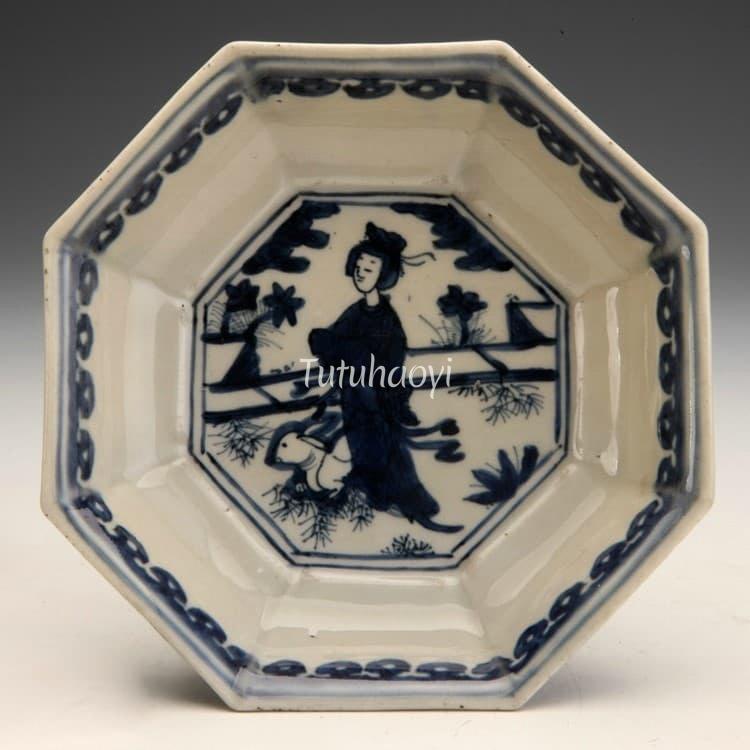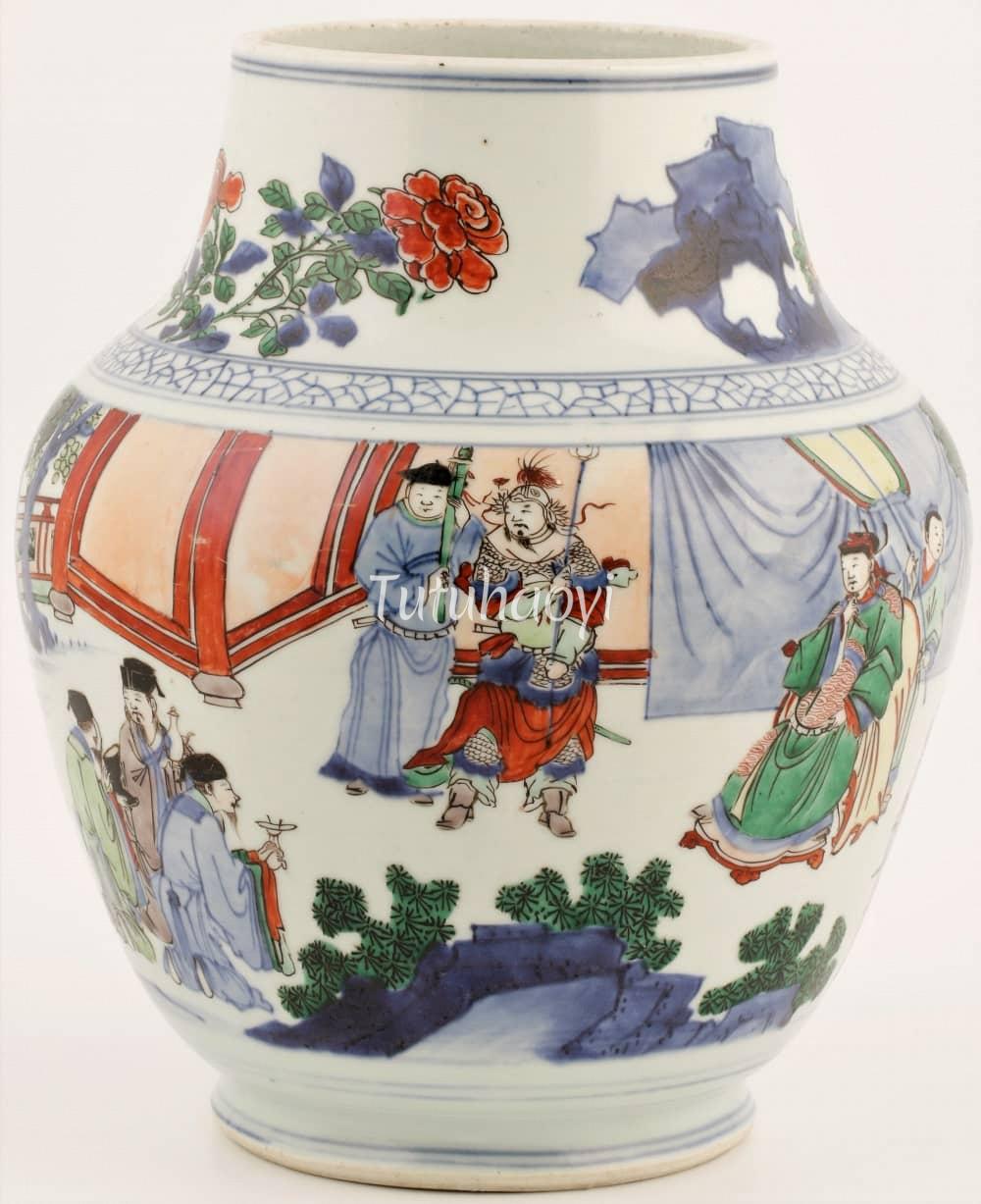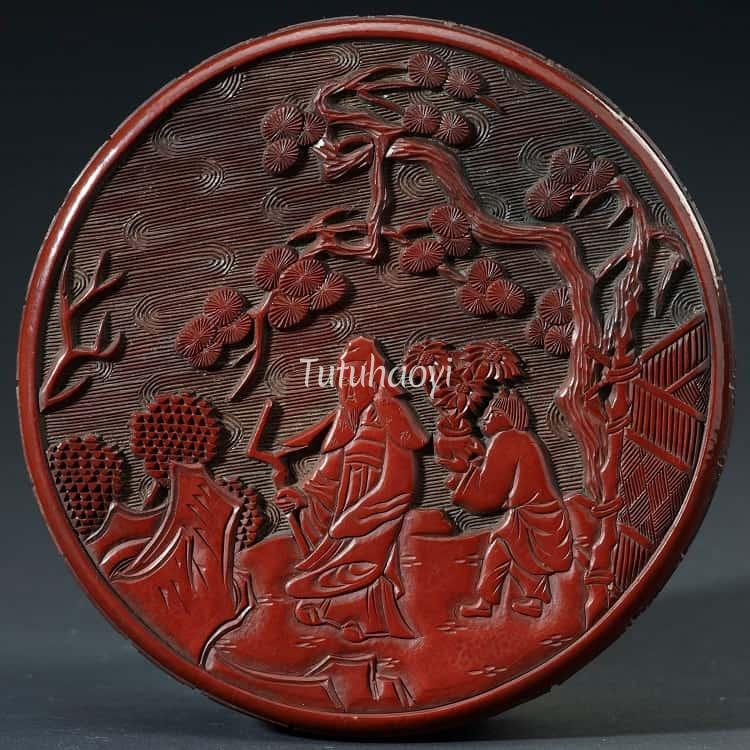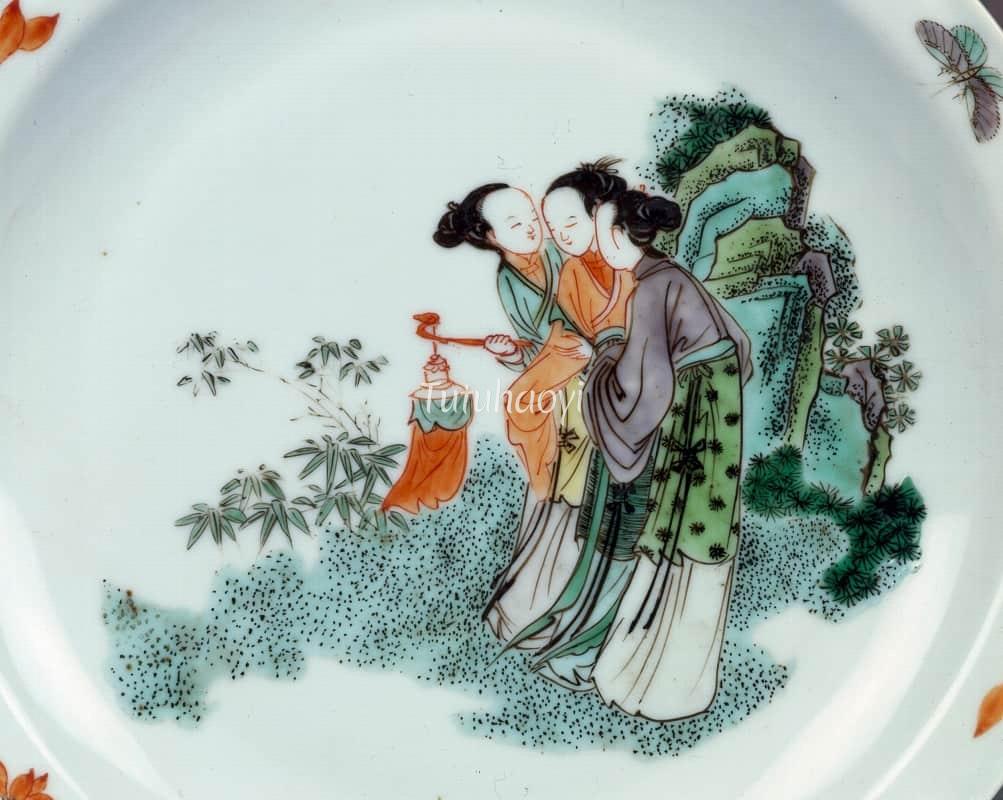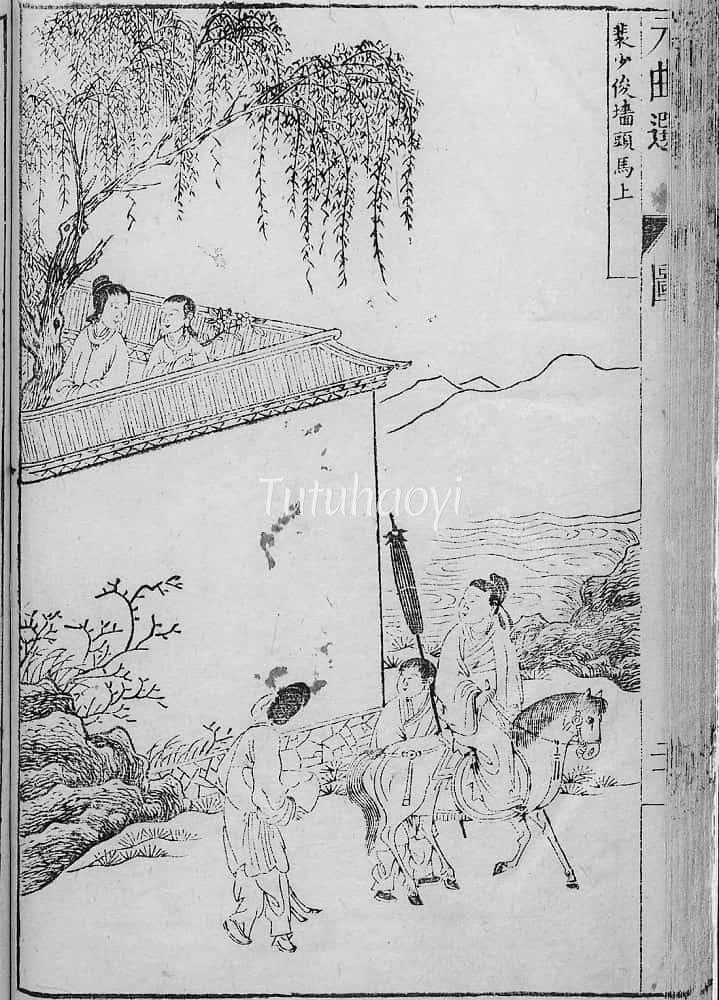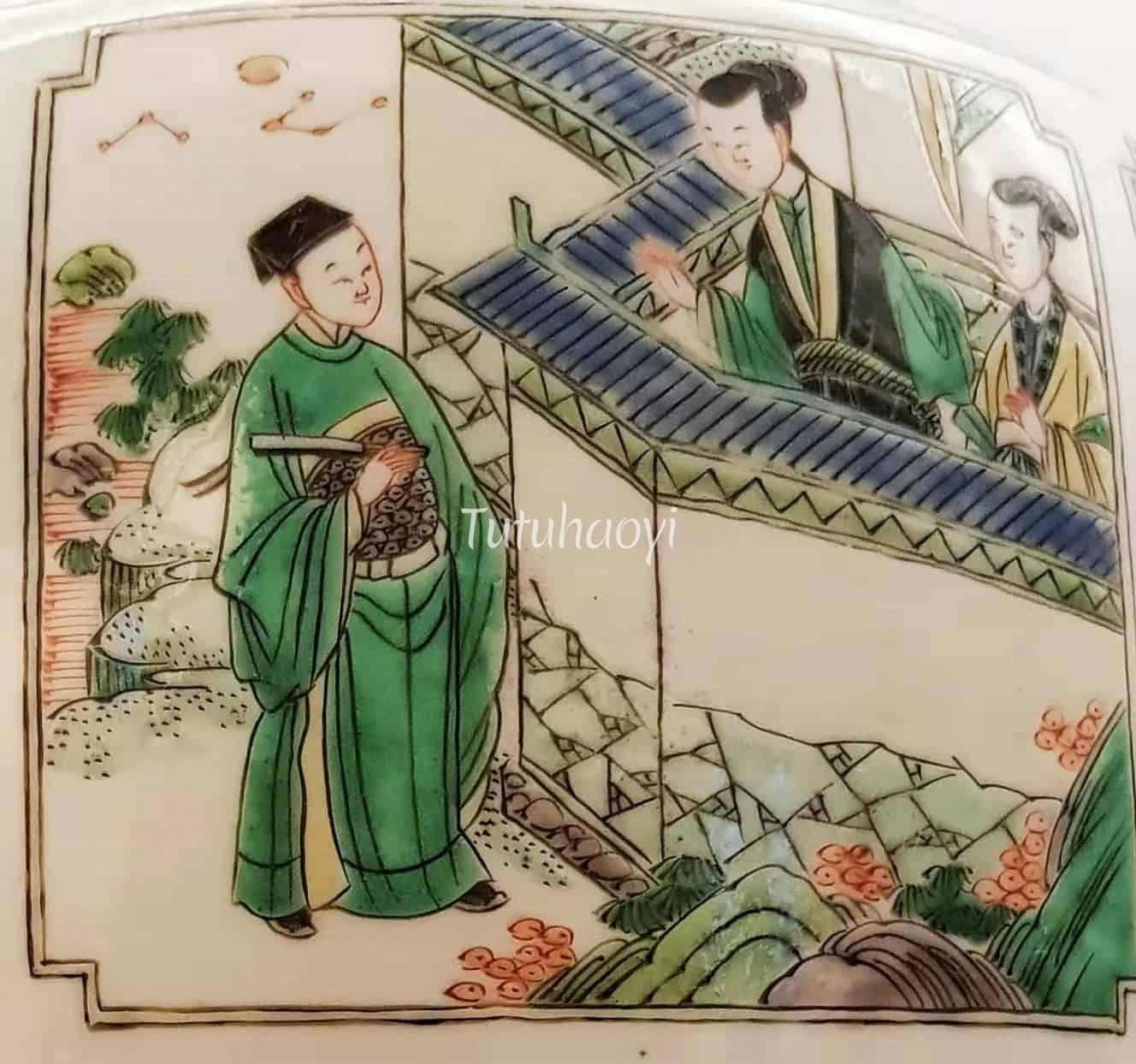- No products in the cart.
Chinese Pinyin: Chang E Ben Yue
Chinese: 嫦娥奔月
Name Of Image: Chang’e the Moon Goddess
Description:
The Mid-Autumn Moon Festival falls on the night of full moon in the eighth lunar month. Chang’e, the Moon Goddess, is usually associated with this family-union occasion, together with the festival food – the moon cake (月饼). A legend recorded …

